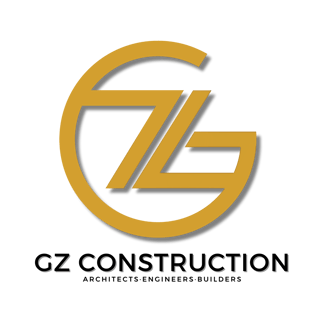Home Loan
A home loan (also called a housing loan or mortgage) is money that you borrow from a bank, PAG-IBIG, or another lender so you can buy, build, renovate, or refinance a house or property.
You agree to pay back the loan over time, usually with interest, through monthly payments.
Simple way to think of a Home Loan:
You borrow a big amount now (example: ₱2 million) to buy a house or condo.
You slowly pay it back monthly for many years (often 10, 15, 20, or 30 years).
You also pay interest — a fee for borrowing the money.
The house is used as collateral: If you don’t pay, the lender can take (foreclose) the house.
How a Home Loan Works (Step-by-Step):
Apply for a loan with a lender (bank, PAG-IBIG, etc.).
Lender checks if you are capable of paying (they look at your salary, income, documents, etc.).
If approved, they give you the money for the property purchase.
You pay back the loan every month.
After you fully pay (example: after 20 years), the house is fully yours, debt-free.
What You Usually Use a Home Loan For:
Buying a new house or condominium
Building a house on your lot
Renovating or improving an existing house
Refinancing (moving your loan from one lender to another to get better terms)
Example of a Home Loan
Borrow: ₱2,000,000
Loan term: 20 years
Monthly payment: around ₱14,611 (PAG-IBIG rate)
You live in the house while paying monthly. After 20 years, the house is fully yours!
Important Things to Remember:
Loan amount depends on your income and property value.
Interest rates affect how expensive your loan is overall.
Longer terms = smaller monthly payments, but you pay more total interest.
Missing payments can lead to foreclosure (losing the house).
PAG-IBIG Fund Housing Loan
Advantages:
✅ Lower interest rates (especially for low to mid-cost housing).
As of 2024: around 5.75% fixed for 1 year, and 6.375% for 3 years, for loans up to ₱6M.
✅ Longer payment terms: Up to 30 years.
✅ Lower income requirements: Even those earning around ₱15,000–₱20,000 monthly can apply.
✅ More flexible on employment type: Accepts OFWs, informal sector workers, freelancers (if they are members).
✅ Government-backed, so it's more accommodating.
Disadvantages:
❌ Slower processing time: 1–3 months is common.
❌ Strict documentation: You need to be a PAG-IBIG member with at least 24 monthly contributions.
❌ Loan cap: Up to ₱6 million only.
Bank Housing Loan
Advantages:
✅ Faster processing: Some banks approve in as little as 7–15 working days.
✅ Higher loan amounts: Some banks can loan ₱10M, ₱20M, or more.
✅ Flexible options: Some offer fixed rates for 5 years, 10 years, etc.
✅ Promos: Banks sometimes offer low fixed rates during promos (e.g., 4.88% fixed for 1 year).
Disadvantages:
❌ Higher income requirement: Usually ₱40,000–₱50,000 monthly combined household income or higher.
❌ Stricter credit investigation: Banks are more selective — good credit history is a must.
❌ Shorter loan terms: Typically max 20 years for residential properties.
Final Insights
PAG-IBIG = Lower total cost, but slower processing and paperwork.
Bank = Faster processing, but higher total cost.
If you plan to stay in the home long-term (10+ years), PAG-IBIG is a smarter financial move.
If you need the house immediately or want bigger loan amounts, bank financing might work better.
